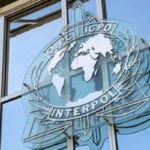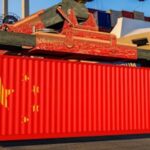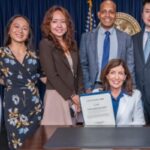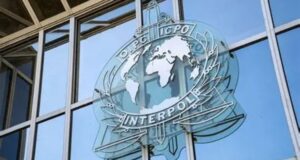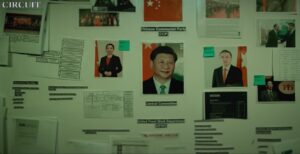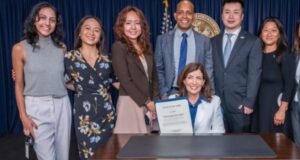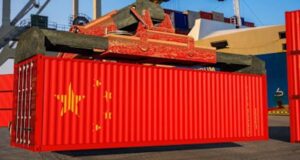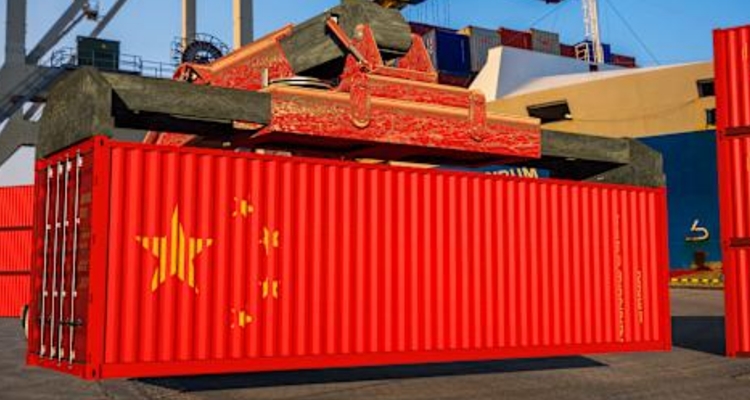
American and Chinese negotiators have reached another too-fast-and-loose-to-be-good trade agreement or framework for a trade agreement or prelude to a framework for a trade agreement.
One of the blessed expected outcomes of the “truce” is that it “will resolve concerns about rare earths and magnets”—the same concerns that were supposed to have been resolved by the interim deal of several weeks ago. A deal that the Chinese government did not abide by.
Nevertheless, says The Guardian, “the truce settles, for now, growing tension between the two economic superpowers” (June 11, 2025). However, The Guardian does not indicate how it measured the change in tension.
[U.S. Commerce Secretary Howard Lutnick] expressed optimism on Tuesday that concerns about critical or “rare earth” minerals and magnets, which are vital to a range of industries including cars, electronics and defence, would be resolved as the deal was implemented.
The wider dispute, triggered by Trump’s decision to impose triple-digit tariffs on Chinese imports in April—since eased to a baseline 30%—has yet to be resolved with China’s exports to the US plunging 35% year on year in May.
Both sides had accused each other of reneging on a preliminary trade deal struck in Geneva last month to ease retaliatory tariffs, with China putting restrictions on exports of rare earths and the U.S. continuing curbs on semiconductor exports.
The Guardian thinks that the “wider dispute” was “triggered by” Trump’s tariffs on China—with no prior history and conduct by China that could shed light on the reasons for the tariffs? Also, did the U.S. ever agree to never curb semiconductor exports to China?
Lutnick told reporters that Tuesday’s framework put “meat on the bones” of the Geneva deal. Its implementation had faltered over China’s curbs on critical mineral exports. The deal also would remove some US export restrictions that were recently put in place, Lutnick said.
“We have reached a framework to implement the Geneva consensus and the call between the two presidents,” Lutnick said. “The idea is we’re going to go back and speak to President Trump and make sure he approves it. They’re going to go back and speak to President Xi and make sure he approves it, and if that is approved, we will then implement the framework.”…
Lutnick said China’s restrictions on exports of critical minerals and magnets to the US would be resolved as a “fundamental” part of the framework agreement. “Also, there were a number of measures the United States of America put on when those rare earths were not coming,” Lutnick said. “You should expect those to come off, sort of as President Trump said, in a balanced way.”
Lutnick is optimistic. He and others did some hard work and appear to have gained concessions. But the events of the couple of days of negotiations with Chinese counterparts should not be the only basis for making an optimistic or pessimistic assessment.
The fate of the visas of Chinese students has also somehow become part of the tariff negotiations.
The BBC reports that “Trump says US-China deal ‘is done’ ”:
Last month, Washington and Beijing [had agreed to] a temporary truce over trade tariffs but each country has since accused the other of breaching the deal.
Posting on his Truth Social platform, the president said: “Our deal with China is done, subject to final approval with President Xi and me.
“Full magnets, and any necessary rare earths, will be supplied, up front, by China. Likewise, we will provide to China what was agreed to, including Chinese students using our colleges and universities (which has always been good with me!).”
MacDailyNews’s quotation of Trump’s post seems more fidelitous:
OUR DEAL WITH CHINA IS DONE, SUBJECT TO FINAL APPROVAL WITH PRESIDENT XI AND ME. FULL MAGNETS, AND ANY NECESSARY RARE EARTHS, WILL BE SUPPLIED, UP FRONT, BY CHINA. LIKEWISE, WE WILL PROVIDE TO CHINA WHAT WAS AGREED TO, INCLUDING CHINESE STUDENTS USING OUR COLLEGES AND UNIVERSITIES (WHICH HAS ALWAYS BEEN GOOD WITH ME!). WE ARE GETTING A TOTAL OF 55% TARIFFS, CHINA IS GETTING 10%. RELATIONSHIP IS EXCELLENT!
The relationship is not excellent, President Trump. Snap out of it.
It’s bad if the U.S. government’s challenge of the visa status of the Chinese-national students originated as a negotiating tactic. I don’t think that’s how Secretary of State Marco Rubio has viewed it, or, for that matter, how the drafters of the even tougher congressional legislation being considered have viewed it. They are concerned about China’s use of willing or coerced agents, including some of the Chinese students here on visas, to spy on the U.S. and engage in intellectual property theft.
Framework to implement
Lutnick: “We have reached a framework to implement the Geneva consensus. Once the presidents [President Donald Trump and Dictator Xi Jinping] approve it, we will then seek to implement it.”
Chinese Vice Commerce Minister Li Chenggang: “The two sides have, in principle, reached a framework for implementing the consensus reached by the two heads of state during the phone call on June 5th and the consensus reached at the Geneva meeting.”
NPR reports that according to former U.S. trade negotiator Wendy Cutler, “it would be unprecedented for the U.S. to negotiate on its export controls, which she described as an irritant that China has been raising for nearly 20 years. ‘By doing so, the U.S. has opened a door for China to insist on adding export controls to future negotiating agendas,’ she said.”
Also see:
StoptheCCP.org: “A Thousand Points of Chinese Espionage”
yahoo!finance: “How Chinese imports are skirting Trump’s tariffs”
CNN: “Trump’s China ‘truce’ is nothing of the sort”
“After a testy war of words that escalated into a tit-for-tat restriction on key exports, American and Chinese officials this week met in the United Kingdom with a singular goal: Find a way to agree to what they had agreed to a month earlier in Geneva. It appears the countries’ top trade negotiators have accomplished that.”
